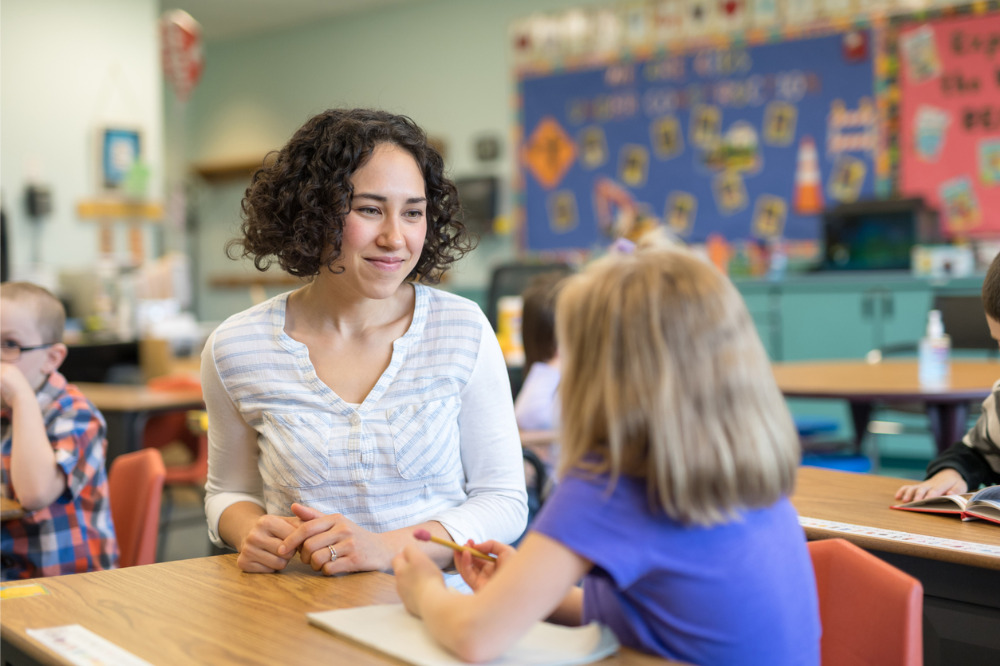
A new report into the spread of COVID-19 in Australia’s schools has found the virus has very limited transmissibility between students, and from students to teachers.
The National Centre for Immunisation Research and Surveillance (NCIRS) report, examined the transmission of 18 cases – 9 teachers and 9 students – across 15 schools between March and April 21.
The study found that 735 students and 128 staff were close contacts of these initial 18 cases. One child from a primary school and one child from a high school may have contracted COVID-19 from the initial cases at their schools.
NCIRS director Kristine Macartney said that while the investigation found no evidence of students infecting teachers, the infection rate among staff was high.
“It is notable that half of the initial cases that occurred in schools were in staff. This is consistent with the higher rate of COVID-19 seen in adults than in children,” Macartney wrote.
“This reinforces the need for both adults and children to ensure they do not attend school when ill and if they become ill to promptly isolate themselves and seek medical attention”.
Macartney stressed the importance of all adults, including teachers, in following recommended social distancing practices while at school and in the community.
However, in an address to reporters following a meeting of the national cabinet. Prime Minister Scott Morrison said the government's medical advice confirms social distancing requirements do not apply to the very places where educators work – classrooms.
“The advice cannot be more clear than that. The 1.5 metre in classrooms and the four-square-metre rule is not a requirement of the expert medical advice in classrooms,” Morrison said.
So, is it really safe for staff to be at school?
The Australian Education Union (AEU) said the social distancing guidelines "provide little clarity about how governments are going to ensure a safe working environment for teachers, principals and support staff”.
"It is still not clear how governments expect schools to manage social distancing for adults. It is contradictory to have one set of rules for adults outside of the school gate and another inside,” AEU federal president Correna Haythorpe said in a statement.
Face-to-face teaching will commence for one day a week in NSW schools from May 11 before regular attendance resumes by the start of Term 3 in late July.
Meanwhile, Victorian schools remain closed except for the children of essential workers. Remote learning is expected to continue through to the end of Term 2.
On Sunday, Victoria’s Education Minister, James Merlino, voiced his opposition to the Federal Government’s push to reopen schools, saying the vast majority of students in Victoria are learning from home because that is the advice from medical health experts.
“Let me be very clear, particularly to the federal government who do not run any schools, we will only transition back to face-to-face teaching for all students when that is the advice of the Victorian Chief Health Officer. Not a moment before,” Merlino wrote on Twitter on Sunday.
“What we are doing in combating this pandemic is working. But the situation is very fragile. A move back too early could see a spike in cases and a need to reimpose any restrictions we may have eased”.


